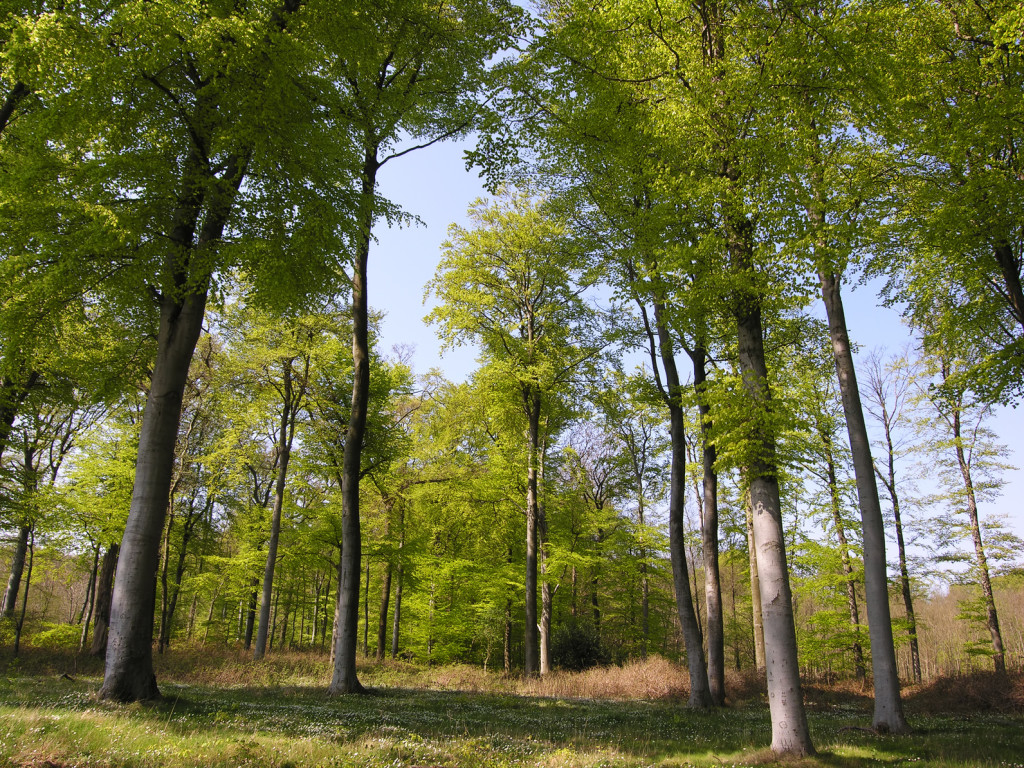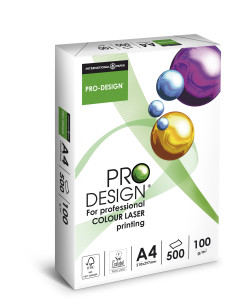by Sergio Ferraris
The Timber Regulation has triggered a series of obligations for companies within the sector resulting in problems along the supply chain. We asked David Fulchiron, Director of Strategic Marketing at International Paper http://www.internationalpaper.com/ITALY/IT/, a company that moves on the global scenario, what problems they have been encountering in the application of the Timber Regulation, which are the critical points and what are the solutions.
Last March the Timber Regulation became law at European level. What is the impact for IP?
«Avoiding unacceptable wood fiber sources, in particular wood fiber that has been harvested or acquired illegally has always been part of IP’s wood sourcing practices. We therefore did not experience any issues in our supply chain and the introduction of the EUTR didn’t impact the traceability systems that were already in place at the mills. We have internal security systems in place as well as third-party certified traceability systems (PEFC and FSC COC) which all help to minimise the risk of illegally logged fibre entering our supply chain».
What do you think about the Regulation?
«The purpose of the EUTR directive was clear but it did not provide a simple tool to communicate compliance to our customers. Only when both PEFC and FSC COC standards were aligned to the EUTR, these third-party certifications gave the companies an easy tool to prove compliance».

What effect did it have on your business?
«The introduction of the EUTR has required additional communication to our customers, to explain and to give guarantees that our company is in compliance with this legislation».
Have you experienced any difficulties in obtaining information, especially related to the country of origin of the wood?
«Not at all, as this information has always been documented by our wood procurement department. Our mills are integrated and we have direct access to the forest owners. All our wood is procured locally (average wood transportation distances ranging from 54-295 km) and we know our wood supply basin very well.
Each mill has a database of all wood deliveries made to the mill. The mills keep record of documents such as:
- documents in which the forest owner reports how much and where he will be harvesting and that the harvest has been approved by the relevant authorities;
- documents which show all the harvesting sites planned, a year in advance;
- documents which indicates the species and volumes harvested.
Mapping that locates the protected and the HCVF (High Conservation Value Forests) areas within our wood supply basin; these are areas where harvesting is prohibited».
Could the EUTR be a competitive element for IP?
«It is too soon to say. We do not believe that the Timber Regulation will be a differentiator between European producers as there is very little illegal logging taking place in Europe. The main risk comes from imported wood products, which may make it more difficult for paper producers in Asia notably to guarantee and demonstrate that all their paper is produced from legally harvested wood. The World Bank estimates that countries with most illegal logging include Indonesia where it is estimated that up to 80% of logging is illegal; Brazil’s rainforest where also about 80% of logging is illegal; Russia up to 30%, China up to 50%. In the USA and Europe, there is almost no illegal logging (0% and 3% respectively). We import products from our production facilities in Brazil, USA and Russia. All our wood procurement units and production facilities located in Europe and outside Europe are certified to the ISO 14001 standard as well as to the FSC Controlled Wood, FSC and where applicable PEFC chain of custody standard. These certifications are the best guarantees that the wood has been harvested legally. Especially for imported products, customers should require that the manufacturing sites (and not only the trader or the sales office) have a third-party certified COC in place (PEFC and/or FSC) as well as an environmental management system such as ISO 14001».
In other business areas, like chemistry with the Reach, Europe is considered a model for countries outside the EU. Do you think that the Timber Regulation can become a model like this?
«For this particular topic, the USA has been leading the efforts with the Lacey Act. The Lacey Act was originally signed into law in 1900 to protect wildlife from trafficking. The law has been amended in 2008 to include illegal logging and trade and has in fact closed the entire US market to illegally sourced wood. The US became the first country in the world to ban imports of illegal wood and related products. IP has fully supported the Lacey Act and opposes any legislation that would weaken it».
The obligation of traceability along the supply chain will change your relationship with customers?
«It was an opportunity to show more transparency. An opportunity to demonstrate the wood we used is harvested locally. In addition to the Paper Profile declarations and the annual sustainability report, we now also communicate to customers detailed information about the origin of wood, the procurement distance and the species used».
Do you think to extend methodologies required for Timber Regulation at your activities outside the EU?
«In fact, the methodologies required by the EUTR are already part of IP’s global wood procurement policy. This policy covers IP facilities and forest management operations globally. Regionally relevant fiber procurement policies can also be put in place but they are all based on and must comply with the global policy».


